Types of physalis, methods of growing it and rules of care
Do you want to decorate your garden with an unpretentious but effective and useful plant? Plant several types of physalis on the site, because even an inexperienced gardener can cope with growing seedlings and caring for an exotic. We will tell you about the varieties of culture, the benefits of fruits, agrotechnical methods of growing physalis by seedling and non-seedling method.
Description, varieties
Physalis is the closest relative of potatoes and tomatoes, because it belongs to the same family with these crops. The genus contains about 120 species - herbaceous annuals with stems lignified from below and rhizome perennials.
Physalis is native to the tropical belt of South America, Mexico, Asia. Representatives of the genus are united by a similar structure of fruits. Juicy berries ripen inside a kind of cover of intergrown sepals. For its bright orange color, the shell of the fruit is compared to a Chinese lantern.
Most often, the following varieties of physalis are grown in culture:
- decorative perennial, or Franchet;
- Mexican vegetable;
- strawberry (berry).
Decorative physalis Franchet came to us from Japan. This perennial has a powerful creeping rhizome under the ground, with the help of which the culture resumes growth every year. In harsh climates, the plant is often grown as a seasonal summer plant. Angular stems 60–90 cm high are crowned with simple oval leaves. The length of the leaf blade is 12–15 cm. White flowers 3 cm in diameter are formed in the leaf axils. They have no decorative value, they are located singly.
After the flower of the physalis wilts, the calyx grows, turning into a bright red-orange flashlight with a diameter of 5 cm. Each branch contains up to 15 flashlights located along the entire length of the shoot. Inside the case there are small round red berries. The decorative period lasts all autumn, the twigs are perfectly preserved in winter bouquets.
Vegetable and berry varieties of physalis differ from their decorative counterpart only in the large size of berries: yellowish fruits reach a diameter of 3-7 cm. The bright shell turns brown as the berries ripen and bursts at the seams.
The fruits are eaten fresh, dried, pickled, jam or jam is made. Physalis tastes sweet and sour. It contains a lot of dietary fiber, lycopene, pectin, sugar, organic acids and vitamins.
Advice
Different varieties of physalis should be grown at a distance from each other. Due to cross-pollination, there is a change in the taste of the crop and deformation of the berries.
Growing physalis from seeds by seedling method
Physalis is grown by seedling or non-seedling method (sowing in open ground). The first method is preferable to speed up fruiting and protect seedlings from sudden frosts. Consider the technology of sowing.
Inhabitants of central Russia, Siberia and the Urals, most of the heat-loving crops are grown by seedlings. Physalis does not tolerate sharp fluctuations in the temperature background, therefore, it is planted in unprotected conditions only after the end of frost.
The optimal age of physalis seedlings at the time of transplantation to a permanent place is 40-50 days. Seeds germinate in 7-10 days. In Siberia and the Urals, return frosts can be delayed until June 10; to calculate the sowing time, it is necessary to subtract 50-60 days from this date. You can start sowing in the first decade of April.In central Russia, the soil and air will warm up by mid-May. Sowing physalis for seedlings is carried out in the second or third decade of March.
To obtain friendly seedlings, the gardener must properly prepare the seeds for sowing.
- Select only large grains. Place them in 5% saline to test for pot life. Within 10 minutes, viable seeds will sink to the bottom of the glass.
- If the seed of its own harvest is used, it is pre-disinfected. Such a measure will not interfere with purchased physalis seeds. They should be soaked in a weak solution of potassium permanganate or "Fitosporin", and then rinsed with clean water.
- You can sow dry seed, but if the optimal time is missed, it is better to accelerate the emergence of seedlings. Soak seeds in growth promoter and place in a damp cloth for germination. The material is kept at a temperature of 20-22⁰C.
Advice
Prepared seeds will germinate in 2-3 days, dry seeds will take about 10 days.
Since tomatoes and peppers are congeners of physalis, a soil mixture designed for growing these crops is suitable for it. Seedlings develop well in a versatile substrate, flavored with a handful of vermiculite or sand. The soil must pass moisture and air well, have a neutral or slightly acidic reaction, and contain a sufficient amount of organic matter.
For self-manufacturing of the substrate, you can mix 4 components:
- peat - 3 parts;
- humus or mature compost - 2 parts;
- garden soil - 2 parts;
- washed sand - 1 part.
It is better to season such a soil mixture with dolomite flour, since peat can have increased acidity.
Advice
Do not forget about heat treatment of garden soil. It will protect physalis seedlings from blacklegs, pests and weeds.
There are no special requirements for a container for growing physalis from seeds. The main thing is that the selected container has drainage holes in the bottom. If necessary, do them yourself with a hot awl.
Sowing work for growing physalis by seedling method is performed according to the following algorithm.
- Fill the container with the sifted substrate, carefully compact the soil.
- Spread the seed evenly over the soil surface. Do not allow crops to thicken.
- Sprinkle the crops with a 10 mm thick layer of substrate, press the soil a little.
- Water the container gently, arrange a transparent cover (glass, film).
- Place the container on a lighted windowsill, keep at a temperature of 18-21C until shoots appear.
The container should be ventilated daily, the soil should be moistened if necessary.
Seedling care
Caring for physalis seedlings is similar to growing tomato seedlings. After the sprouts appear, the shelter is removed and the air temperature is reduced to 15-17⁰C. This measure will save the seedlings from pulling. In the absence of the sun for a long time, arrange additional lighting with a phytolamp or diode device.
Physalis prefers infrequent but abundant irrigation. The soil is moistened 2-3 times a week, using warm, settled water for irrigation. Top dressing with a full mineral complex or organic matter should be applied every 2-3 weeks.
Advice
Do not pour the nutrient solution over the leaves and stem. Top dressing is applied with watering, irrigating the root zone.
Physalis seedlings are picked at the stage of opening the second leaf. Try to keep an earthen lump during transplanting. To do this, plentifully watered seedlings are removed from the common container using a spoon or a small garden scoop. Together with a lump of earth, the root system is placed in a prepared glass.
2 weeks before planting in open ground, they begin to harden the plants. The pots are exposed to the open air for 1 hour, gradually increasing the time. At the final stage of hardening, you can leave the pots to spend the night on the balcony, if frost is not expected.
Transplant to open ground
By the time they reach the age of 40-50 days, the physalis seedlings should have a strong stem, 5-6 true leaves. We have already mentioned the timing of planting in open ground above, and now we will consider how to properly prepare the garden bed and transplant the culture to a permanent place.
To grow physalis, you need to select an area that is well illuminated by the sun throughout the day. Good drainage is important for the plant, so planting in flooded lowlands is excluded. You can build a ridge 30-40 cm high, which will save the root system from decay. Sour soils with a pH of less than 4.5 are not suitable for physalis. In this case, preliminary liming will be required, otherwise the bushes will develop worse and may undergo diseases.
The soil on the site is prepared in advance.
- In the spring, the earth is dug up, weeds are selected.
- Well-rotted manure or mature compost is introduced for digging at the rate of 5-10 kg per square meter.
- Additionally, the soil is enriched with 50 g of nitroammophos for the same area.
- The introduction of wood ash will have a beneficial effect on the development of physalis. Enough 300 g per 1m2.
Advice
Do not use fresh manure as fertilizer. It will adversely affect the development of seedlings, become a breeding ground for the development of a fungus, and burn delicate roots.
Although physalis is very rarely sick, the rules of crop rotation apply to it. Do not plant a crop where its relatives from the Solanaceae family grew - potatoes, tomatoes, eggplants, peppers. It is better to plant in the place where root crops, cabbage, melons and gourds grew.
Before transplanting, physalis bushes are watered abundantly. The depth of the holes to be prepared should correspond to the size of the root system with an earthy clod. They try not to damage it so that the physalis quickly takes root in a new place.
The distance between the bushes depends on the variety. Berry and ornamental cultivars are planted in 50 cm increments, and vegetable cultivars - 60–70 cm. At least 70 cm is left between the rows. The transplant ends with abundant watering and a garter of too high bushes to the support.
Growing with a seedless method
Physalis can reproduce by self-seeding, so gardeners often sow seeds before winter or early spring. Planting in open ground is carried out in April-May or October. Seedlings are thinned in two steps, leaving 4-6 plants per 1m2... The disadvantage of this growing method is the late fruiting.
Physalis care in the garden
Physalis care does not cause any particular difficulties. It includes the following items:
- maintaining the cleanliness of the site, timely removal of weeds;
- periodic loosening of the soil the next day after irrigation;
- abundant irrigation every 5-7 days (but during the filling of berries they are reduced to a minimum, otherwise the fruits will crack);
- top dressing (ready-made mineral composition or organic matter) is applied three times during the growing season - during budding, ovary growth and 3 weeks after the previous fertilization;
- so that the physalis bushes do not fall over, they are tied up and huddled 2 times per season.
Newbies often ask if it is necessary to shape the bushes? A tropical guest does not need such a procedure, since the yield directly depends on the number of branches. It is only recommended to pinch the growth point after transplanting to stimulate the growth of second-order shoots.
Disease and pest control
Physalis rarely suffer from fungal diseases. If you observe crop rotation and agricultural techniques during cultivation, pre-dressing the seeds, the threat will be minimal. In case of an outbreak of fungal diseases, treatment with fungicides or copper-containing preparations is recommended. The appearance of mosaic spots on the foliage indicates infection with the mosaic virus. Until the disease spreads to neighboring specimens, destroy the infected bush.
Advice
They can encroach on physalis bear, wireworm... For prevention, dig up the site in late autumn.The laid eggs and larvae will be destroyed by frost.
Harvesting and storage of crops
When growing strawberry or vegetable physalis, it is important to harvest on time. In case of untimely harvesting, the risk of damage to fruits by pests, rotting from autumn rains, and frost damage increases. This will certainly affect further storage.
Physalis ripening is determined visually, based on the recommended harvest time. The berries ripen from the bottom up. When they reach the parameters inherent in the variety, you can start harvesting. It is advisable to ripen unripe berries right on the bush. To do this, it is dug out by the root and suspended or stacked. During ripening, the fruits increase in size. Store them in a dark dry place for up to 3-4 months.
So, growing physalis on the site is very simple, since plant cultivation does not require special skills. For the observance of agricultural technology, the tropical guest will thank him with a healthy harvest, which will make up for the lack of vitamins in winter. Decorative varieties of culture can flaunt for a long time in a flower bed, and in winter in a vase they will remind of warm days.
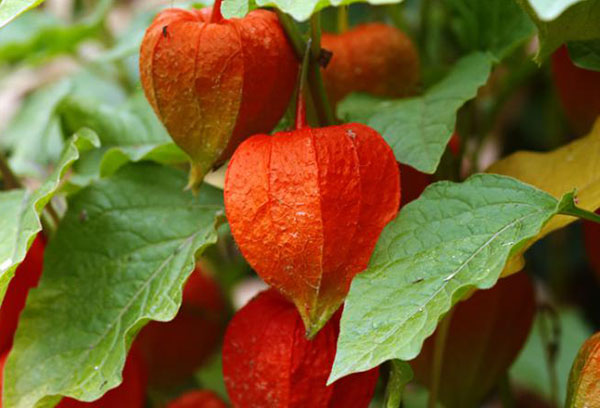
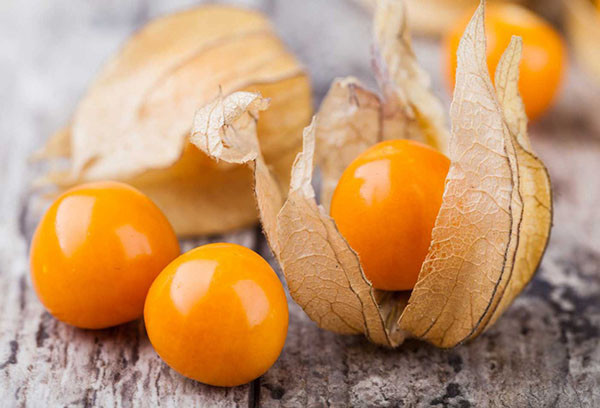
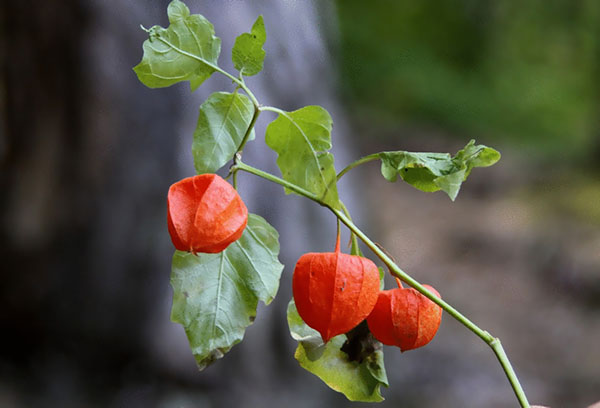
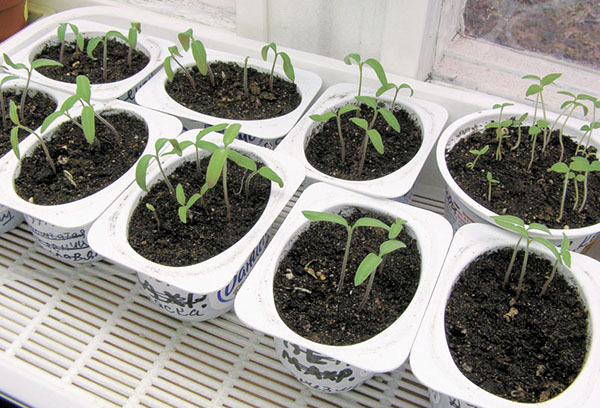
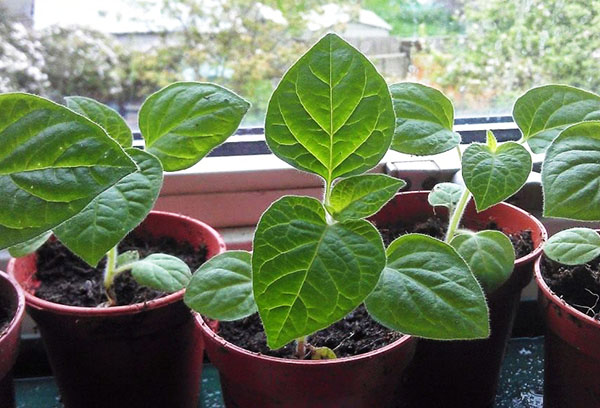
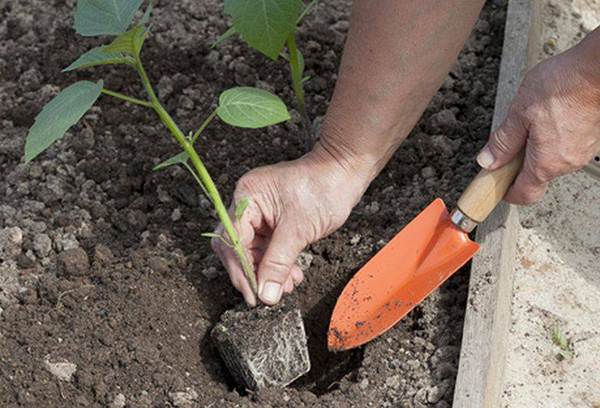
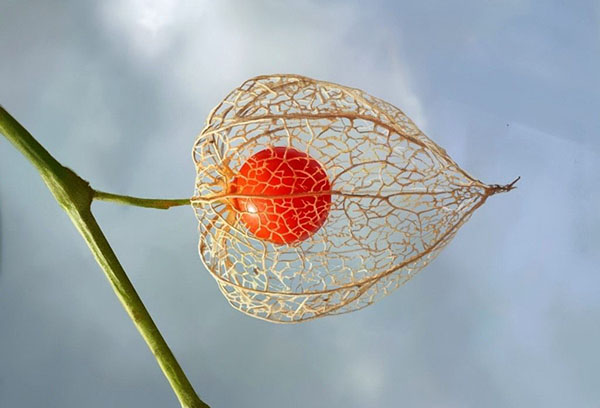

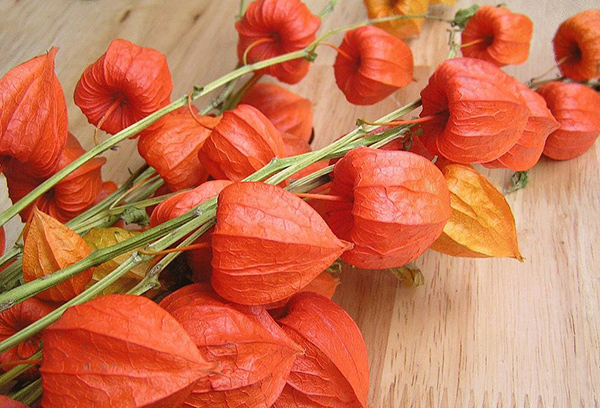
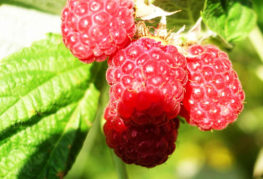
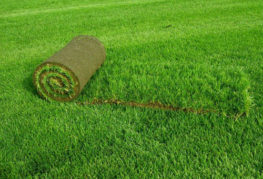

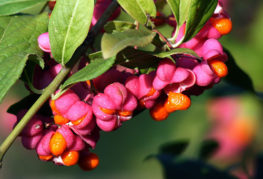
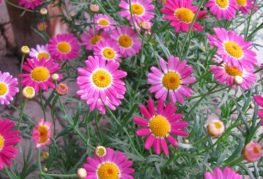

and will be published shortly.